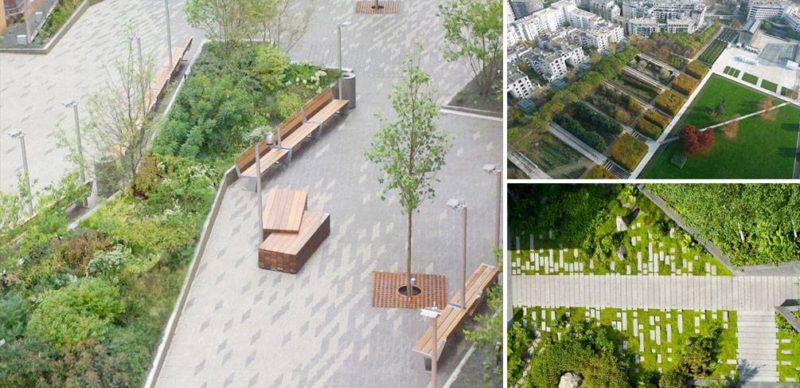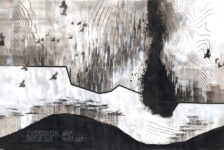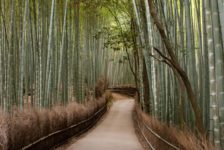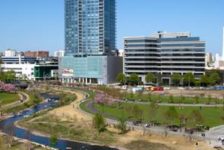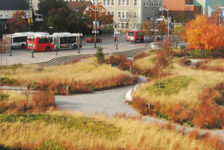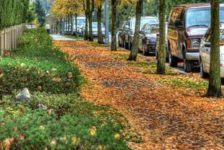Article by Elisa A.M.Varetti Discover our selection of 10 landscape projects that make excellent use of planting design. Anyone who wants to create a powerful design knows that an outstanding planting scheme capable of highlighitng every possible element of the project is more than just required. In this article, you will find a selection of 10 landscape architecture projects that have made excellent use of planting design. Being an expert in this sector is not an easy task, but if you think you have the makings of a plantsman, keep reading.
Excellent Use of Planting Design
1. Zhongshan Shipyard, by Turenscape, Zhongshan, China Designed on the site of a former shipyard, this 27-acre park features an extraordinary variety of vegetation species following Kongjian Yu’s philosophy about landscape architecture. One could think that its main strength lies in its huge dimensions , which allow a planting design based on many different species. But that would be incorrect. Actually, what makes it so interesting — from a planting point of view — is its different consideration of low-value common species. By using native aquatic flora and combining different kind of grasses, Turenscape managed to create volumes of vegetation capable of creating emotions in those visiting the park. It’s not how rare and valuable the plants are, but how you use them that makes a place stunning.
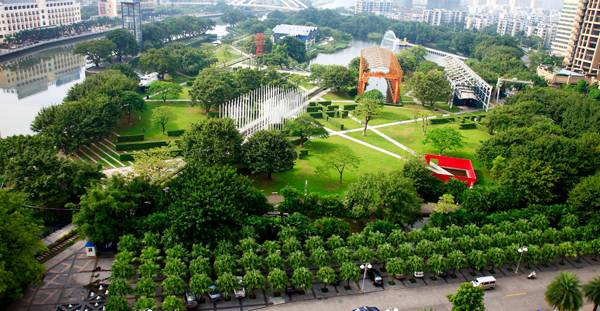
This industrial site represents 50 years of Socialist industrial history and was a witness to China’s Cultural Revolution. Credit: Turenscape
NEO Bankside is a residential complex designed to bring biodiversity and a place to rest inside London. Here, the planting scheme becomes the most important element of the whole project, as it must be capable of attracting wildlife as well as people’s attention. The vegetation, which has been inspired by native woodlands, is composed of native plants, groves of alder and birch trees, and herb gardens. The forest provides some shade to complete the design. By walking here and living in this place, people will fall into a multisensory experience, from sight to smell, and from hearing to touch and taste.
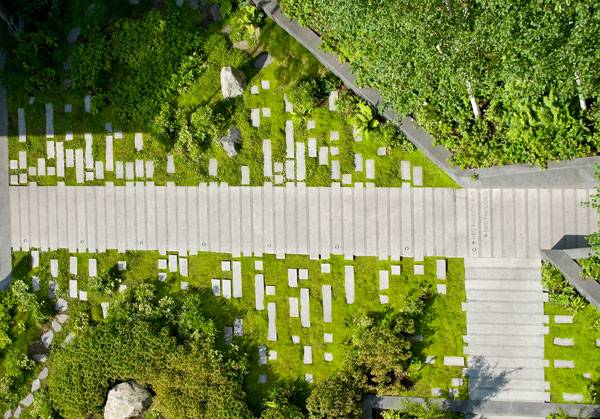
NEO Bankside, by Gillespies. Photo credit: Jason Gairn
Charlotte Garden is a small public garden capable of evoking powerful emotions, thanks to a wise choice of vegetation species and an interesting planting scheme. The green material is composed mostly of perennial grasses such as Festuca glauca, Sesleria, and Molina caerulea that refer to Denmark’s coastal landscape. And that’s the reason why this place is so popular: While walking here, people can really see how nature changes throughout the day and, more importantly, during the whole year. By changing their colors from red and yellow in winter to green and blue in summer, these plants fill the air with their scents and make people experience an unusual natural show at those latitudes.
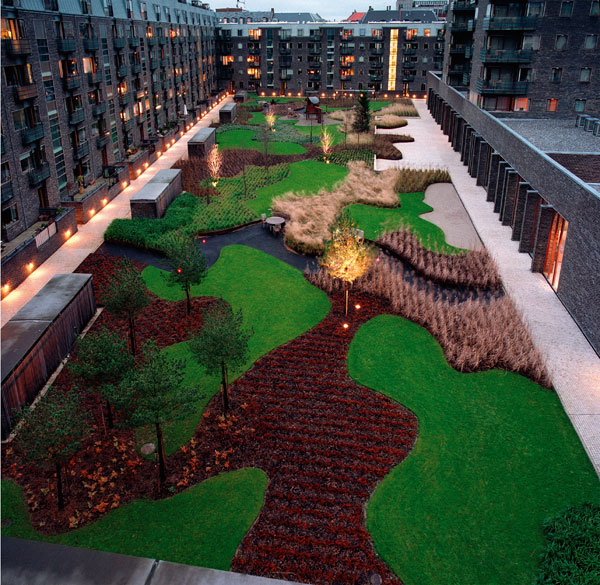
Charlotte Garden. Photo credit: Torben Petersen.
In the Mathildeplein project, the planting scheme shows how vegetation can highlight a landscape architecture design. Here, the striking colors of the vegetation counterpose to naturally colored materials, giving the public square a powerful soul. The plant materials are composed of evergreen species and seasonal flowers, providing an attractive image of the place during the whole year, even at night.
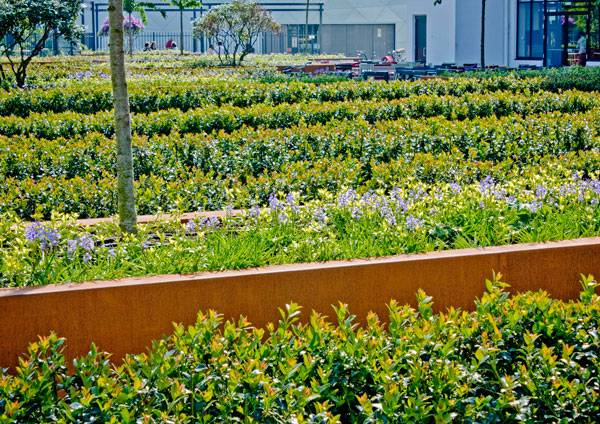
Mathildeplein. Photo courtesy of Buro Lubbers.
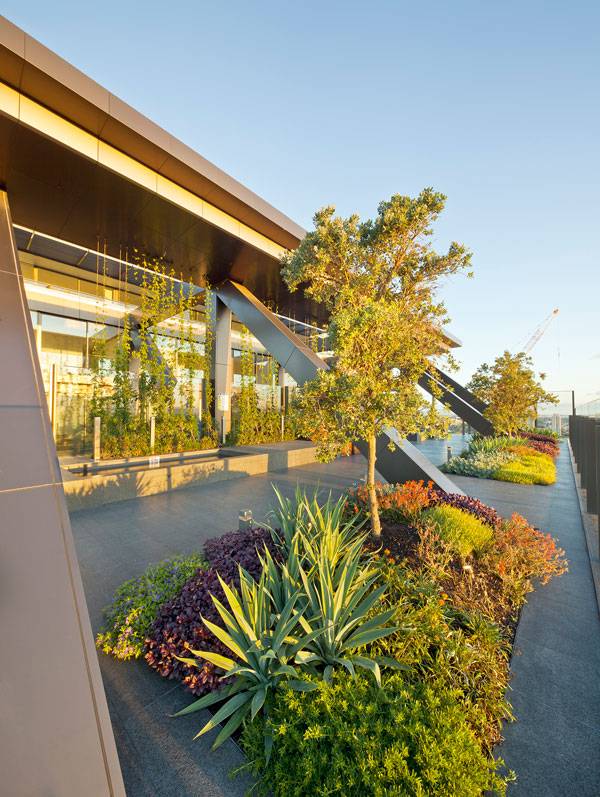
One Central Park, by ASPECT | OCULUS. Photo credit: Simon Wood
One Central Park is an award-winning project whose planting scheme was designed by Patrick Blanc, one of the top names in planting design (as you can read about in our
Top 10 Names in Planting Design, by Paul McAtomney), and ASPECT|OCULUS. Its most peculiar thing is the combination of green walls, green roofs, and green facades whose main function is to help reduce the heat island effect of nearby residential buildings. Due to the Australian climate situation, the planting design has been tested rigorously to ensure its success.
6. André Citroën Park, by Gilles Clément and Alain Provost, in Paris, France Love it or hate it, this park is certainly one of the most important parks in Europe in recent decades. Designed by such an expert as Gilles Clément, its planting scheme differs from one part to another, recalling the function the designer thought out for each of them. So, in the Black Garden, visitors will find dark-leaved trees, while in the Changing Garden, they will experience how nature changes as the seasons pass. The same goes for the Garden of Movement, representing Clément’s philosophy of the third landscape and for the Serial Garden, where the vegetation perfectly merges with each garden name.

Aerial view of Parc André Citroën. Credit: Andrew Duthie, CC 2.0
The High Line can be considered one of the most successful landscape architecture pojects of recent years. The planting scheme, designed by Piet Oudolf, follows a new perspective vision and is composed of grasses, perennials, trees, and shrubs that blossom during different moments of the year in order to create seasonal variation in color and texture. Oudolf, inspired by the self-seeded plants that started growing here once the trains stopped running, decided to insert some of them in the planting design, establishing a connection with the history of this place. If you are interested in knowing more about Oudolf’s philosophy, read our book review,
Planting: A New Perspective| Book Review,by Slavyana Popcheva.
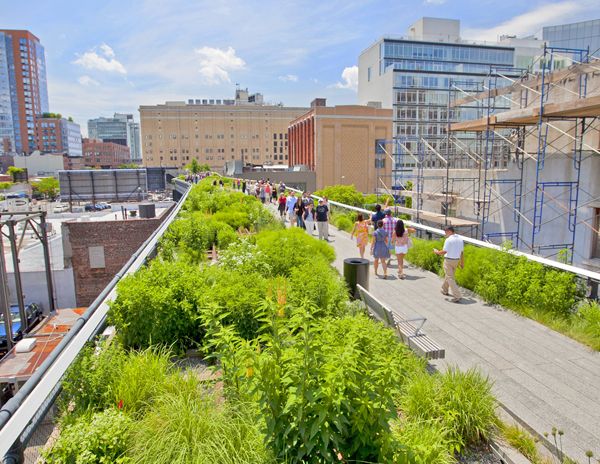
The Highline is a great example of a planting scheme increasing biodiversity in an urban area; credit: shutterstock.com
Another intervention by Turenscape, this project’s main purpose was to reinforce and maintain the existing natural environment of the place. The vegetation scheme is composed of autoctone and already existing plant species, with the addition of native wetland ones. This combination, providing more food for wildlife animals, enriches the existing habitats and increases biodiversity, the keyword of the whole project.
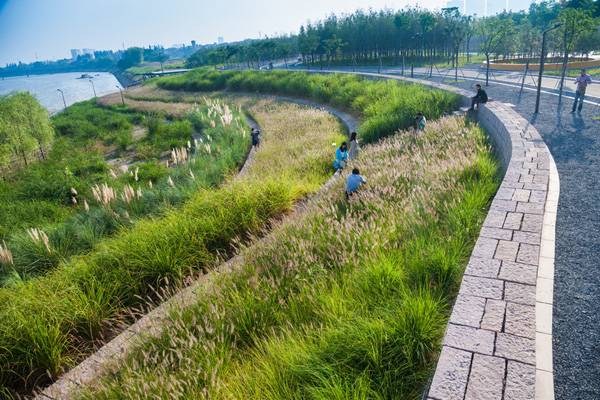
Terrace at Yanweizhou Park. Credit: Turenscape
The Royal Botanic Gardens are the world’s first botanical gardens dedicated exclusively to Australian native flora. Did you know that Paul Thompson, featured also in our
Top 10 Names in Planting Design article by Paul McAtomney, helped in the planting scheme? While walking here, people can feel like they are visiting all of the country, thanks to a huge quantity of vegetation species showing Australia’s different habitats. By using several uncommon species, Thompson managed to create unforgettable landscapes and to show how powerful Australian flora can be.
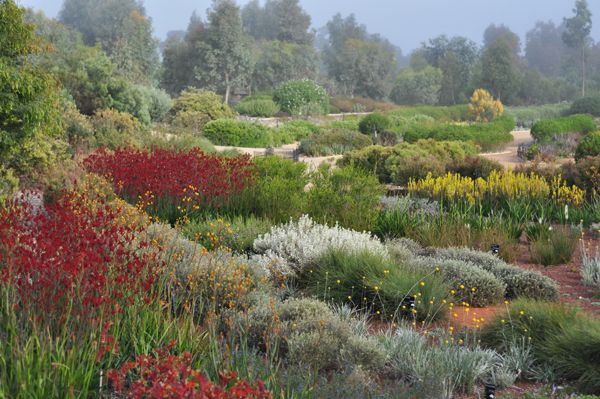
Planting at the Australian gardens; credit: Paul Thompson
This is another landscape architecture project that unveils the extraordinary combination between James Corner Field Operations and Piet Oudolf. In this case, the planting scheme is composed of vines, ornamental grasses, perennials, and trees, aimed at creating a perfect balance between open spaces and intimate ones. The succession of colors and blossomings during the whole year works as an element of attraction for visitors from Spring to Winter.
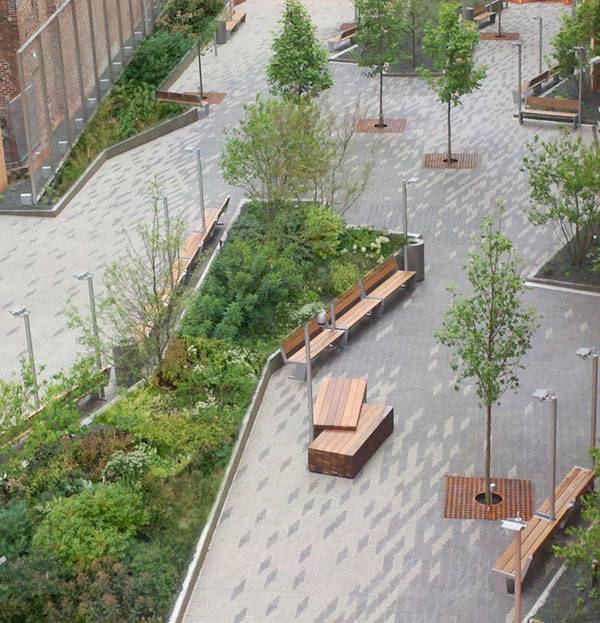
© James Corner Field Operations
CLICK TO COMMENT
Recommended Reading:
Article by Elisa A.M.Varetti
Published in Blog






